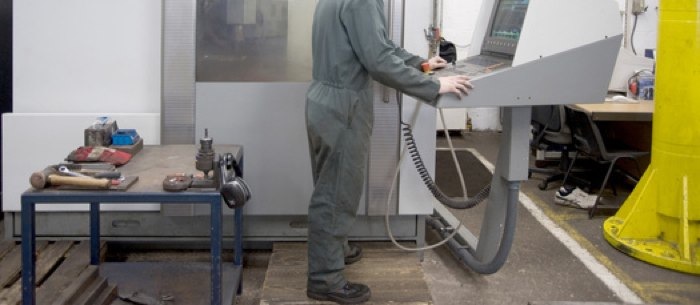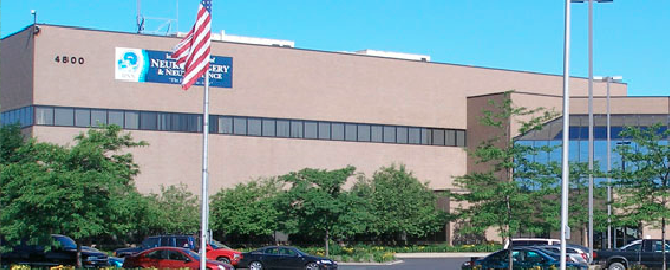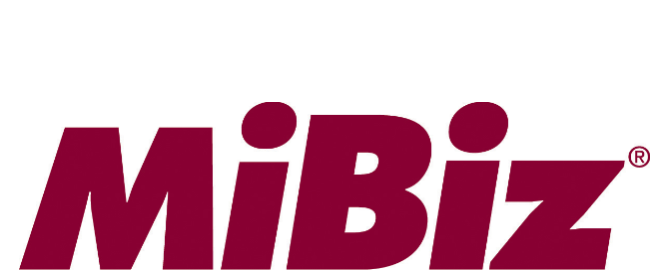We hear a lot about stimulus money these days. We hear who is getting it and what kind of positive things it is doing for the nation. Those stimulus dollars, however, should be working to benefit more local, small to mid-sized businesses. If you fall into this category, your money is likely going to someone else’s business; potentially your competition.
Wading through government forms, even on the simplest level, can be aggravating and time consuming. The idea of ‘free money’ from the government can also be a very scary prospect for skeptical investors and business owners. But there are people out there who have spent a great deal of time learning how these programs work to provide businesses with opportunities that can be extremely beneficial.
Ryan Maddock and Jeremy Harrison of Growth Management Group (GMG) lead a small but growing team of dedicated, positive and knowledgeable staff members that help business owners bridge the daunting gap between not having stimulus money and having it. These funds are not the same as grants which typically need to be used for ultra-specific purposes. Stimulus money can, in many cases, be used as discretionary funds. This frees up the business owner to use the funds as his or her vision sees fit whether it is for new software, equipment, tax offsets, etc. Manufacturing firms in the area, businesses in other states, hotels, restaurants such as Leo’s Coney Island and even Lawrence Moon Funeral Home have capitalized on stimulus money through GMG’s services.
There are currently four programs in full swing for a variety of businesses; manufacturing across the U.S. and in some cases Canada, commercial property owners who have purchased their property within the last twenty years, the HIRE act which pays employers that hire 25 new employees a year (that includes turnaround) and energy credits/energy incentives which is a program that will probably evolve further. Currently the Obama administration has set aside 60 billion dollars for renewable energy. While these programs do have other stipulations and guidelines, GMG has been successfully wading through paperwork for clients in 38 states. Ryan pointed out that stimulus funds have been around since the 1980’s. These programs usually morph into new programs over time and they’re not going anywhere.
If you’re wondering why you’ve not heard much about the eligibility for these funds that is simple to explain; the federal government isn’t always that great at advertising and marketing. As a result, ninety-two percent of companies that qualified for these funds last year didn’t access them and the eight percent that did, were larger companies who tend to have an easier time accessing these sorts of programs
Staying on top of the changes in federal programs is crucial to the success of the service offered by GMG. Fees are based on a percentage of funds obtained, not a flat or hourly rate which business owners have to come out of pocket for. And in many instances, the funds can be applied retroactively from as far back as 2006.
Worried about how your CPA feels about these “too good to be true” stimulus dollars? GMG works with local CPA firms so they understand the hesitancy that comes along with these types of government programs and are able to alleviate those fears. Do you feel a sense of malaise when it comes to paying taxes? There’s good news for you too. Since stimulus funds are made up of tax dollars, this might be your chance to cash in on all the money you’ve doled out over the years to upgrade your business.
See Full Article as Featured in Downtown Revival Magazine. Click Here










